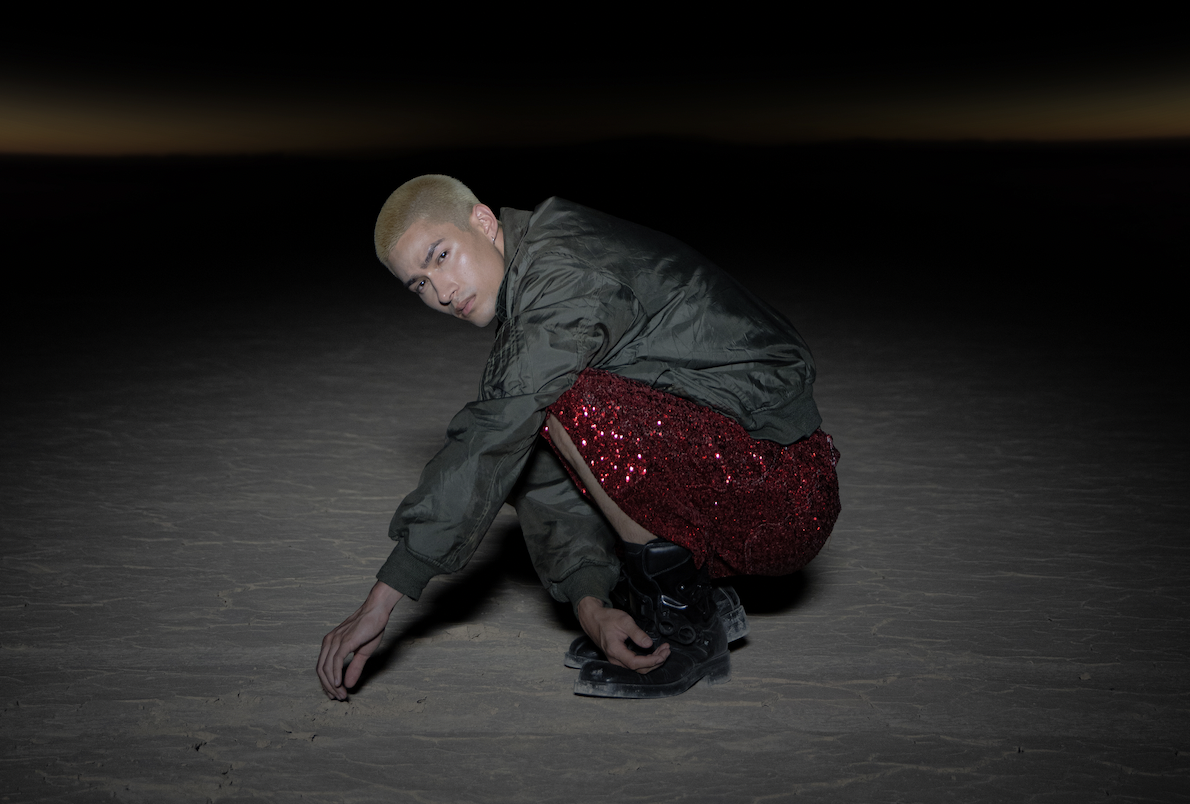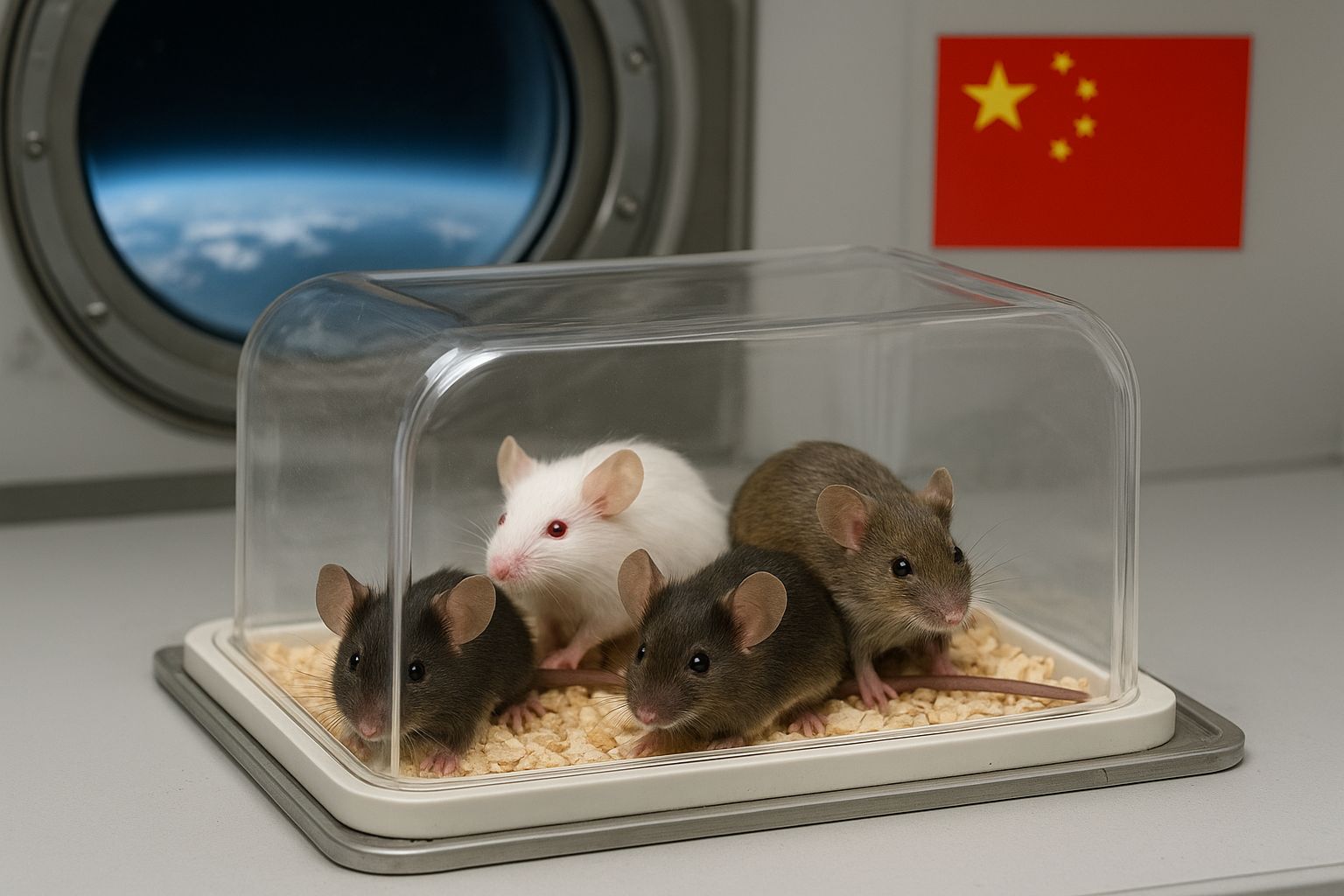In a bright ward, three families clustered around three beds. As I stood by the door, the sound of scattered chats floated into my ears. Words were uttered in an unfamiliar accent, spoken fast, far from standard Mandarin. I stepped in slowly, feeling awkward in my over-sized white gown bought at a drug store, with no hospital name sewn on.
A young and inexperienced anthropologist in training, I was conducting fieldwork at The Affiliated Hospital of Inner Mongolia Medical University. Thanks to a group of medical students from Peking University, who pulled together connections in the capital city of Hohhot for their research on the modernization of Mongolian Medicine, I was allowed inside wards at one of the best known hospitals in Inner Mongolia.


Hohhot
Founded in 1958, the hospital is now stationed inside a building of over twenty floors, with a staff of around 2,000. Among a long list of department names — mostly traditional fields of Western biomedicine ending in “–ology” — I found a rather curious name: “Department of Mongolian Medicine.”
If the Department of Urology treats diseases of the urinary system, and the Cardiovascular Department treats diseases of the heart and blood vessels, what does the Department of Mongolian Medicine treat?
The answer is: everything. Patients we ran into ended up in the Department of Mongolian Medicine for reasons as diverse as breast cancer, respiratory diseases, a sore lumbar, and a car accident.
The first person to notice my presence in the ward was an elderly woman lying on the bed in the middle of the room. Her skin had turned a pale yellow, and her body was extremely skinny. A wide silver bracelet enclosed her thin wrist. While gently touching a necklace that seemed too heavy for her fragile body, she looked straight at me, bluntly but with soft eyes.


Herbs commonly used in Mongolian medicine¹
Before I could start asking about her illness and why she chose to be treated by “Mongolian doctors,” a term that is almost equivalent to “con-man” in Chinese culture, I complimented her on her necklace. She smiled and raised a hand in mid-air, eager to respond. But the words came out in an accent undistinguishable by me. I smiled back and tried to ask for clarification, but with no success.
“Could you understand my mom?” A young woman sitting by the bed asked, seeming to notice my confusion. A young man standing by the foot of the bed also turned to look at me, curious.
After briefly introducing my work as a social scientist, I started an interview — or rather, a casual conversation — with the family. The young man and woman were brother and sister, accompanying their mother at the hospital. She had stayed at the hospital for over ten days for a bloated abdomen, but the cause of the severe hydrops still remained to be found even after a NMR (Nuclear Magnetic Resonance) test, a CDU (Color Doppler Ultrasound) test, and a CT scan. Just like every other patient I had seen at the Department of Mongolian Medicine, she had a bottle of liquid hanging over her bed. The bottle said Magnesium Isoglycyrrhizinate, a biomedical drug commonly used for liver dysfunction.


Pharmaceutical herb processing center
When asked why they chose Mongolian Medicine, the brother said that they had no choice. They came for the hospital itself, which was well-known, complete with modern technologies — not for Mongolian medicine. They were assigned to the department only because it had empty beds.
Other patients interviewed by my colleagues came to the hospital specifically to be treated with Mongolian Medicine, believing in its effectiveness. But even for those patients, they went through biomedical treatments firsts, and took Mongolian medicine only after they were more stable, according to a Mongolian doctor who agreed to have an Q&A session with us.
The doctor was of Mongolian ethnicity, like all doctors in the Department of Mongolian Medicine. Every ward on the floor had a sign displaying the ward number and the name of the doctor in charge, which was always a long name of more than three characters, translated from Mongolian. Jumping between Mongolian and Mandarin in his work, the doctor still pronounced certain characters with different tones from ones I could understand.
If the effectiveness of TCM, which can be understood as the traditional medicine of the Han ethnicity, is already constantly questioned, ethnic minority medicines face even more challenges
After the era of “barefoot doctors,” who practiced medicine alongside farm work, and individual clinics where traditional medicine doctors treated patients according to hands-on clinical experience with older masters and a generations-old heritage of medical knowledge, practicing physicians in China were finally required to obtain medical licenses that asked for either years of formal training in a number of designated hospitals, or mastery of standardized examinations. For doctors of traditional medicine, including Traditional Chinese Medicine (TCM) and all ethnic minority medicines, examinations test for biomedicine theory and operations as well.

If the effectiveness of TCM, which can be understood as the traditional medicine of the Han ethnicity, is already constantly questioned, ethnic minority medicines face even more challenges. According to the doctor hosting us at the Department of Mongolian Medicine, it is rare for students of other ethnicities to study Mongolian medicine. The study of the tradition requires fluent Mongolian, which is often the first language of those of the Mongolian ethnicity. Distinct from TCM, let alone biomedicine, Mongolian medicine thinks in terms of a philosophical tradition shaped by the history of the ethnic group, its past interactions with Buddhism, Tibetan cultures, and other diverse knowledge systems brought by travelers, and its remote geographical location.
TCM understands the human body and substances of the universe in terms of Yin and Yang, while Mongolian Medicine resembles Tibetian Medicine and Ayurvedic Medicine, thinking in terms of the five elements: ether (akasha), air (vayu), fire (tejas), water (apas), and earth (prithvi). Traditional Mongolian Medicine believes that each element corresponds to different organs, issues and functions inside one’s body, and their relationships with each other form an organic whole. In terms of medicine, TCM usually cooks herbs through repeated boiling, while Mongolian Medicine prescribes raw medicine, made from dried herbs and minerals. The two major forms of medicine are powder and spherical pills, the later of which make metallic ding-dong sounds when dropped into a glass jar.
Mongolian medicine thinks in terms of a philosophical tradition shaped by the history of the ethnic group, its past interactions with Buddhism, Tibetan cultures, and other diverse knowledge systems brought by travelers, and its remote geographical location
After a round of exchanges regarding the theory of Mongolian medicine, I ventured to question: which is utilized more, biomedicine or Mongolian medicine, in the treatment of your patients? The doctor answered in a matter-of-fact tone: biomedicine, especially for these patients whose illnesses are relatively heavy. For outpatients with a common cold, Mongolian medicine is prescribed more often.
In other words, those carrying a medical license for Mongolian Medicine often end up treating patients using biomedicine, both its pharmaceuticals and its ways of understanding the human body and illnesses, regarding Mongolian Medicine as a complementary method that is nevertheless branded a unique treasure of the Mongolian ethnic minority. In an interview with a local governmental official, it is claimed that ethnic minority medicine has been developing steadily over the past five years.
The loss of Mongolian Medicine in medical practice at the hospital, however, tells another story. If licensed Mongolian doctors practice biomedicine, while those who have learned Mongolian Medicine from a master over years of practice do not meet the requirements for legal medical practice, where could one find the remains of the tradition other than in ancient literature? Should any medical tradition, whose ultimate aim is inevitably treating patients or enhancing health, exist only in books, silent and dead, its own health as a discipline permanently harmed by pressures to “modernize,” to become “scientific”?
Should any medical tradition, whose ultimate aim is inevitably treating patients or enhancing health, exist only in books?
One might argue that biomedicine is, if not the solution to every illness, the standard that should be used to measure all other medical traditions. The only chance of survival for traditional medicine in hospitals instead of beauty parlors might be chemical analyses clearly demonstrating the components of herbal treatments, and how, exactly, certain medicine or body techniques function. If one flips through an academic journal of traditional medicine, one will find experiments proving the effectiveness of certain herbs, instead of advancements and innovations made within an internally coherent knowledge system bearing significant epistemological differences to biomedicine.
Traditional medicines in China are often regarded as shamanic practices by the Chinese themselves
Another insight worth attention is that traditional medicines in China are not only labeled “alternative medicine” or “pseudo-medicine” by Western countries; they are often regarded as shamanic practices by the Chinese themselves. For the traditional medicines of ethnic minorities, they are inaccurately relegated as just another branch of Traditional Chinese Medicine in legislation, and universally urged to “modernize” by both governmental officials, often of the Han ethnicity, and doctors of Mongolian ethnicity. Just as traditional medicine in general serves the larger narrative of modernization created since Deng Xiaoping’s Reform and Opening Up of the 1980s, the traditional medicine of ethnic minorities are made to serve the homogenizing narrative of nationalism in Xi’s China.

Hohhot bus ride
Back in the ward, the family was still chatting amiably, with me and with the other two patient families sharing the room. “We will have to wait more, to eliminate possible causes step by step,” said the brother.
The mother was still smiling, looking at her son, her daughter and me, back and forth, seeming eager for some kind of answer.
***
¹ These photos of herbs used in Mongolian medicine were taken at the plantation of a pharmaceutical company in Inner Mongolia. According to a local official, Traditional Mongolian Medicine products produced by the 16 pharmaceutical companies in Inner Mongolia were worth six billion RMB (close to $1 billion USD) of market value last year. These products are mass-produced according to supposedly secret prescriptions composed of several kinds of herbs. In a more traditional setting, even classical prescriptions are often adapted according to individual needs of each patient.
















